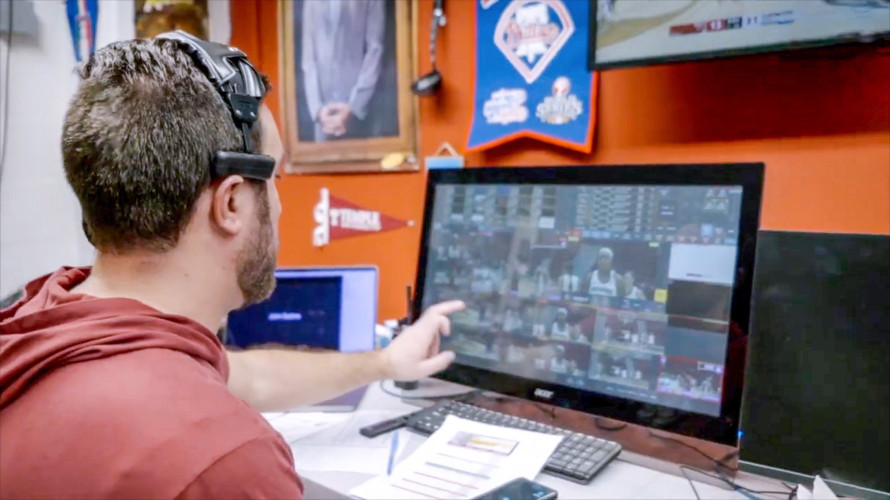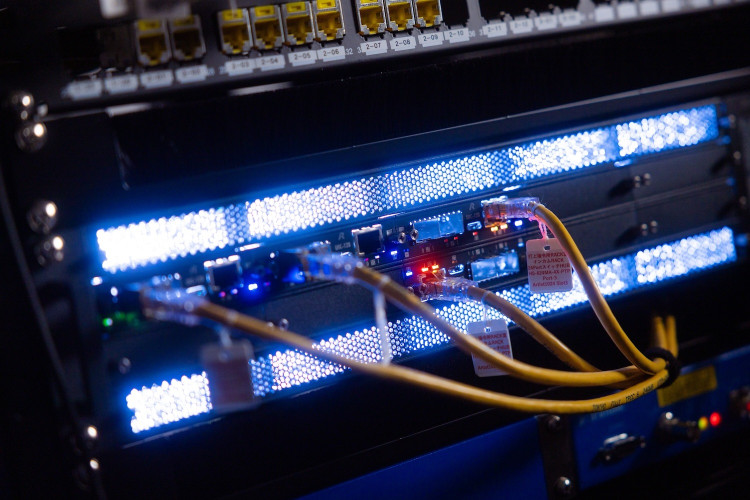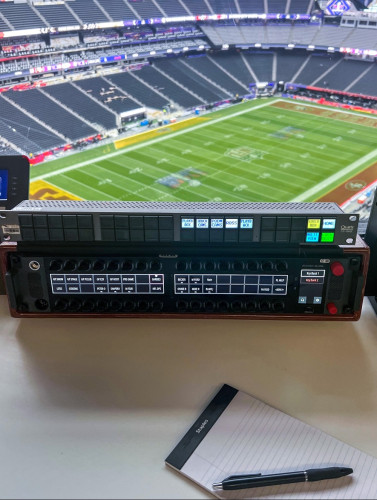How to choose the right broadcast microphone
Author: Ralph Dunlop
Published 1st June 2013
By Ralph Dunlop, Director, Sound Network– UK distributor for DPA Microphones
1. What are most common types of microphones for broadcast use and how far has microphone technology progressed in the digital world?
Traditionally the most popular microphone used in broadcast and film sound recording was the “Boom” mounted mic. The problem with older boom microphones was getting the mic close enough to the artist without it appearing in shot or casting a shadow over the performer. This changed somewhat when highly directional shot gun microphones were developed as these allowed engineers to achieve much higher sound levels while further away from the performer, but in some circumstances getting the shot without seeing the microphone hovering in mid-air could still be a problem.
In the 1950’s and 60’s the ‘lavalier’ microphone was developed for studio use, giving performers a greater degree of mobility whilst maintaining a constant distance between the source and microphone. These, however, were hardly discrete, and were little more than a dynamic vocal mic on a string hung round someone’s neck.
As with all modern recording technology, microphone design is now a highly sophisticated art-form. With the right microphone, professional recordists can achieve the most superb and natural sound quality in the most challenging of circumstances. Continuing miniaturisation of the product has also been demanded by the visual industry and companies like DPA have been responsible for pioneering new technology and production techniques to create very high quality microphones in ever decreasing physical profiles.
2. What are the advantages of a body worn microphone over a traditional shotgun microphone?
Today, the choice of microphone is very much dictated by the working environment and application desired. For example, body worn mics with wireless microphone systems are almost exclusively used in broadcast studios by presenters, allowing complete flexibility of movement and great sound quality. Being so small, body worn mics can get closer to the sound source and be hidden easily.
3. When choosing a lavalier microphone what should I be aware of?
Analogue sound is still at the mercy of the laws of physics. Even Newton and Einstein couldn’t find a way of changing these, but what we can do is work with these limitations to produce the best solutions for the best possible results, depending on the environment and application. DPA currently have miniature microphones available with a selection of pick up patterns and a variety of sensitivities enabling the professional engineer to tailor the microphone for every situation.
There are basic criteria that a sound engineer must consider when choosing any type of microphone, especially body worn transducers:
Sensitivity - Sensitivity tells you how well the microphone can convert the acoustic sound into electricity.
Sound pressure level (SPL) handling & total harmonic distortion (THD) - SPL handling tells you how much sound pressure in dB the microphone can handle before it either clips (the diaphragm hits the backplate or the amplifier overloads) or reaches a certain level of distortion (THD or total harmonic distortion). Typically this level is either 0.5% or 1%, and the higher level of sound pressure before clip or distortion, the better.
Frequency Response - The frequency response curve illustrates the microphone's ability to transform acoustic energy into electric signals, and whether it will do so faithfully or will introduce colouration. With frequency response charts, the rule of thumb is the more linear (flat) it is, the better.
Phase Response – In terms of microphone impulse response it is important that microphones react to transients in a constant way to avoid anomalies such as phase cancellation. This is especially important where multiple microphones are used. It is always wise to be aware of the phase response of a particular microphone and ensure any combinations of microphones are well matched.
4. When is it best to use an Omnidirectional Microphone?
By far the most popular types of lavalier microphone used in broadcast are omnidirectional, and are ideal in a controlled environment. With these microphones artists are able move around and turn their heads without affecting the sound quality and level. This is applicable to both lavalier and headset microphones, except you will have a much higher signal to noise ratio with the headset mic because the capsule is that much closer to the sound source.
5. What about Cardioid and Super Cardioid? When should I use these?
Miniature cardioid mics are becoming more widely used because of the style of modern TV and Film recording. For example, reality shows are frequently shot in a documentary style and often outside, while game shows increasingly use PA systems for audience monitoring. As the ambient noise is that much higher, directional microphones are favoured to acquire more separation and better sound quality. In very hostile environments there is often no other alternative than to use a highly directional Super Cardioid microphone.
6. What are advantages of a headset microphone over a lavalier mic?
The simple answer is the proximity of the microphone to the sound source. The closer it is the more sensitive it is. Unlike cameras you cannot zoom a microphone capsule – unfortunately.
5. Can lavalier mics and headset mics be used on a wireless system – if so what do I need?
Yes they can, especially if you are using a DPA miniature capsule as all of these are designed to be used with both 48V phantom powering. DPA also has a clever adapter system that matches to all professional wireless beltpacks. It is simply a matter of choosing the correct adapter.



































